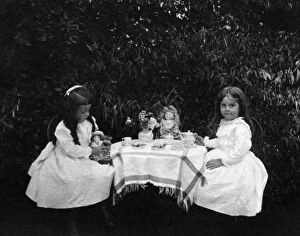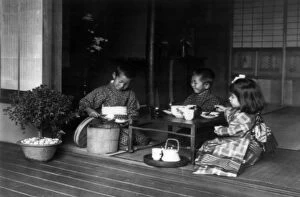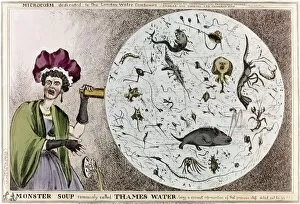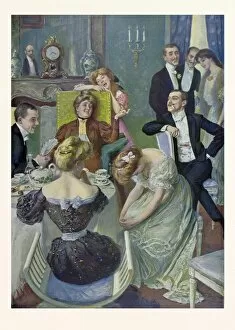Teacup Collection (page 9)
"Teacup: A Timeless Symbol of Elegance and Delightful Moments" Throughout history, the teacup has been a cherished vessel that embodies grace, sophistication
All Professionally Made to Order for Quick Shipping
"Teacup: A Timeless Symbol of Elegance and Delightful Moments" Throughout history, the teacup has been a cherished vessel that embodies grace, sophistication, and moments of pure indulgence. From Monet's enchanting painting "Le dejeuner" in 1873 to Harold Gilman's captivating "Mrs Mounter at the Breakfast Table" in 1916-17, artists have captured the essence of this humble object. In Claude Monet's masterpiece, we witness a serene scene where tea is being poured into delicate cups. The soft brushstrokes evoke a sense of tranquility as we imagine sipping on warm tea amidst nature's beauty. Similarly, Gilman portrays Mrs Mounter engrossed in her morning routine with a cup by her side – an intimate moment frozen in time. The it also takes center stage in still life paintings like "Still Life: Coffee and Potatoes, " where it shares space with everyday objects but stands out as an emblem of comfort and familiarity. Rudolf Ernst transports us to exotic lands through his creation "Taking Tea in the Harem, " showcasing ornate teacups amid opulent surroundings. Beyond artistry, the teacup holds sentimental value for many. In the stereograph from c1902 titled "Four girls and their dolls sitting around a table having a tea party, " we glimpse childhood innocence and imagination brought to life through shared moments over tiny cups filled with imaginary brews. Advertising has also celebrated this timeless icon; Liptons Teas' advertisement from 1893 showcases its allure while inviting viewers to indulge their senses. Meanwhile, on German greetings postcards or china cup saucers adorned with delicate designs, one can find messages conveying warmth and well wishes alongside images of dainty cups. Even today, our love affair with teacups continues unabated.























